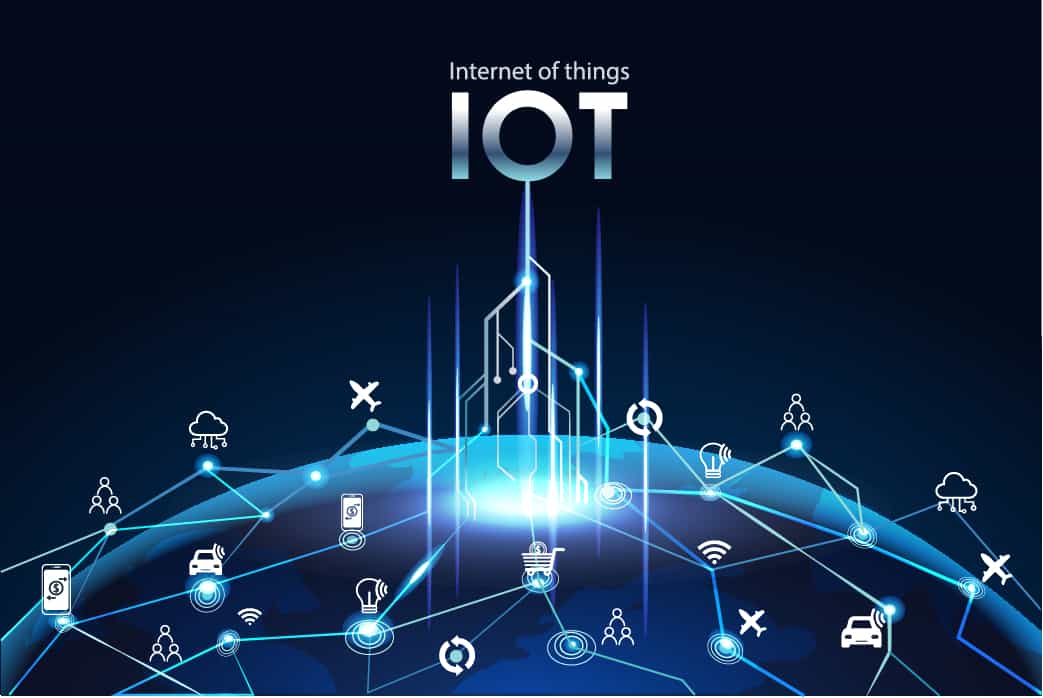Digital transformation is a phrase that has been used for many years to mean a strategy to update existing systems and connect them to new ones. However, in 2019 and beyond, there is a new kid on the block named Internet of Things, IoT for short.
Often Digital Transformation and IoT are used interchangeably, but they are different concepts. Is your company implementing just one, or are both part of your companies approach?
The Big Difference; IoT vs Digital Transformation
Digital Transformation is first and foremost a strategy, while IoT is the physical product that many companies use to implement that strategy. IoT connects things that are not normally connected to the internet without human interruption. So while a PC, smartphone or tablet may connect often, it generally requires human interaction to take action and wouldn’t meet the definition. However, something like a sensor on a delivery drivers’ truck, or a fitness band, connects without humans needing to start the procedure. These would be considered devices that are part of the emerging IoT world and can be implemented into your digital transformation strategy.
Why use IoT in your strategy?
First and foremost, IoT boasts far better data than anything done by a human. The less we involved humans in the input stage of data, the less margin for error. There will always be a need for human team members in the set up and maintenance stage but once it’s up and running, IoT items can gather, process, and report data in a far more efficient way.
These items can also report different types of data your business may not have thought of leveraging before. Think back to our delivery driver example. A company could track stops, how long each delivery takes, fuel usage etc. from a ‘black box’ in a car. The same company could pair that with a company provided pedometer to see what health risks their driver may encounter, thus giving them a more holistic view of their workers, as well as information for insurance claims and HR issues.
For your marketing team, IoT is priceless. More and more people are leveraging tech-assistants in their day to day life. Marketing campaigns can even center around exactly what your target demographic has been asking Alexa to help them with for weeks! Thus, allowing you to deliver exactly what was needed, when it’s needed, via the highway that is IoT.
So why Digital Transformation then?
As previously stated, IoT is the tool, while Digital Transformation is the strategy. All the information in the world isn’t useful unless you are doing something with it. Leveraging implementation and integration experts to help you bring legacy systems up to modern requirements means you can pair the old with the new. Processing IoT data can help give you new insight into older information and processes, creating a more efficient workflow.
In the end, while we use these terms interchangeably, chances are we mean different things. Is your company using both? Or are you just leveraging one and hoping for the best?

